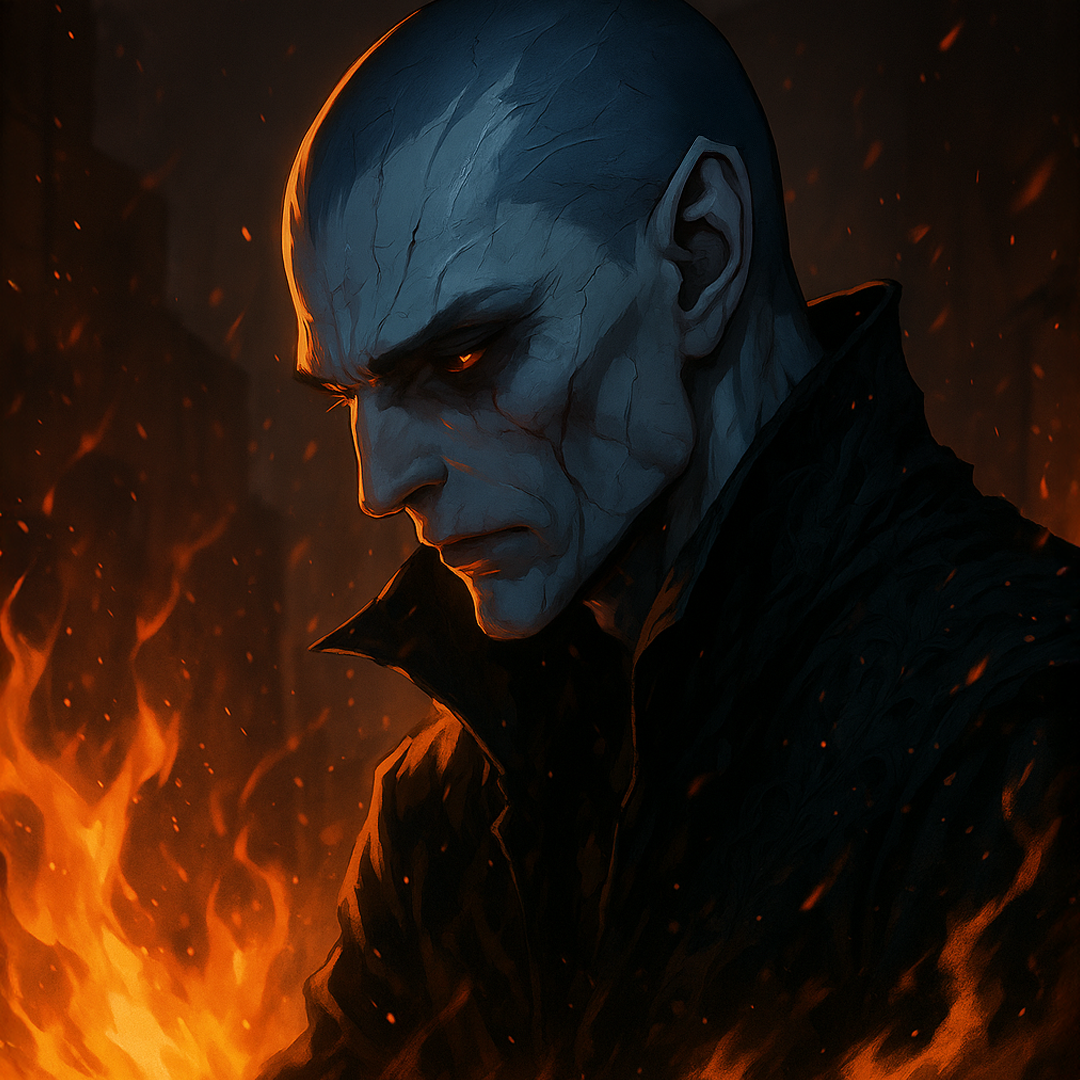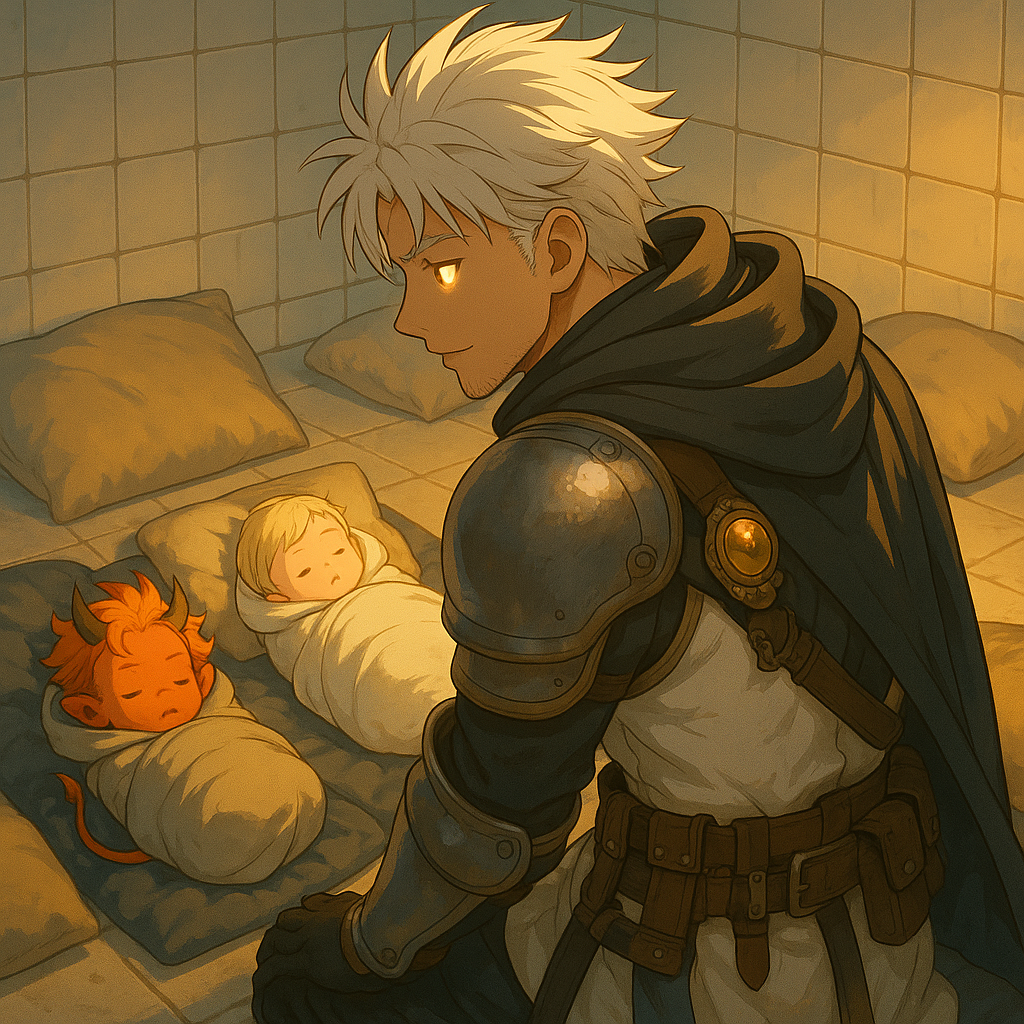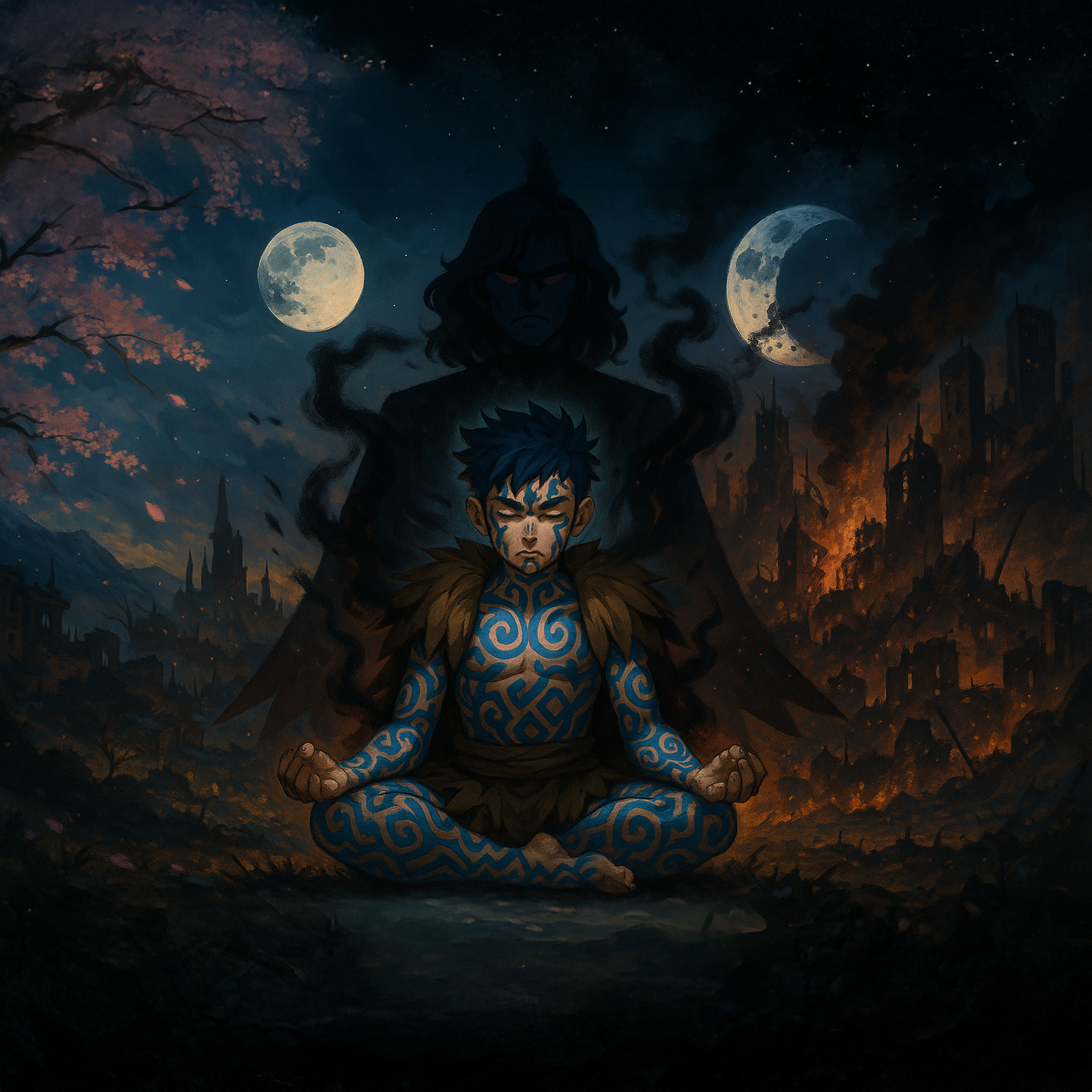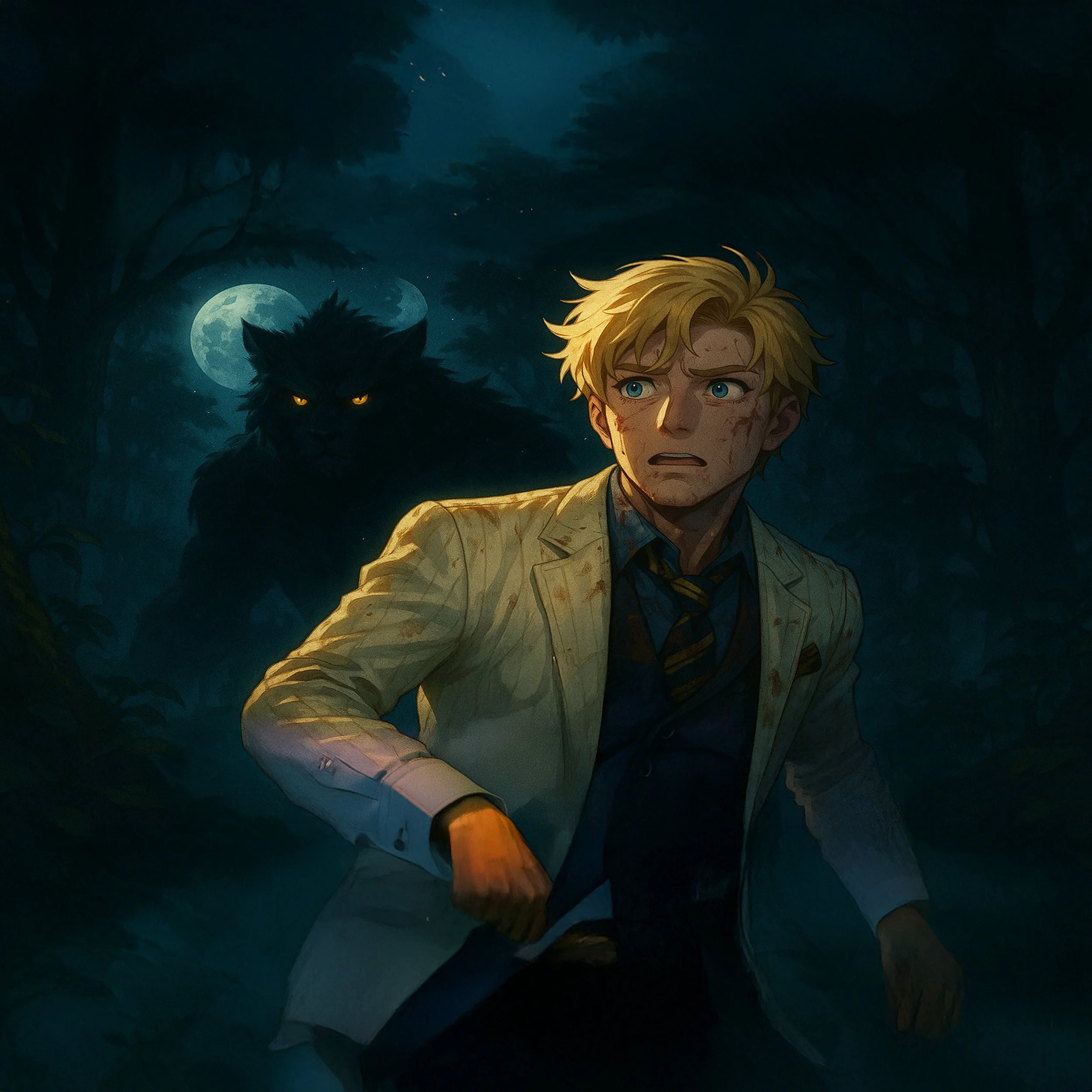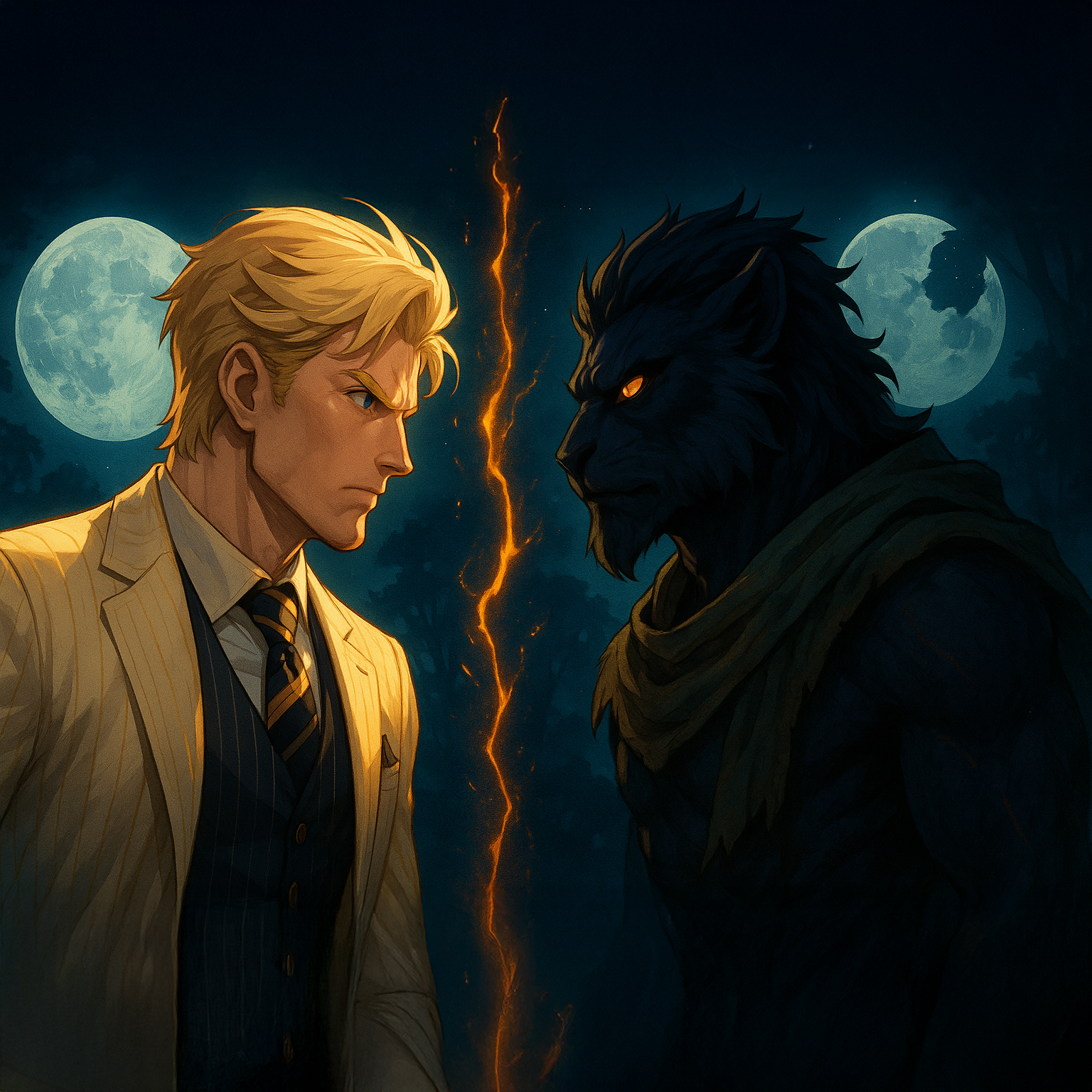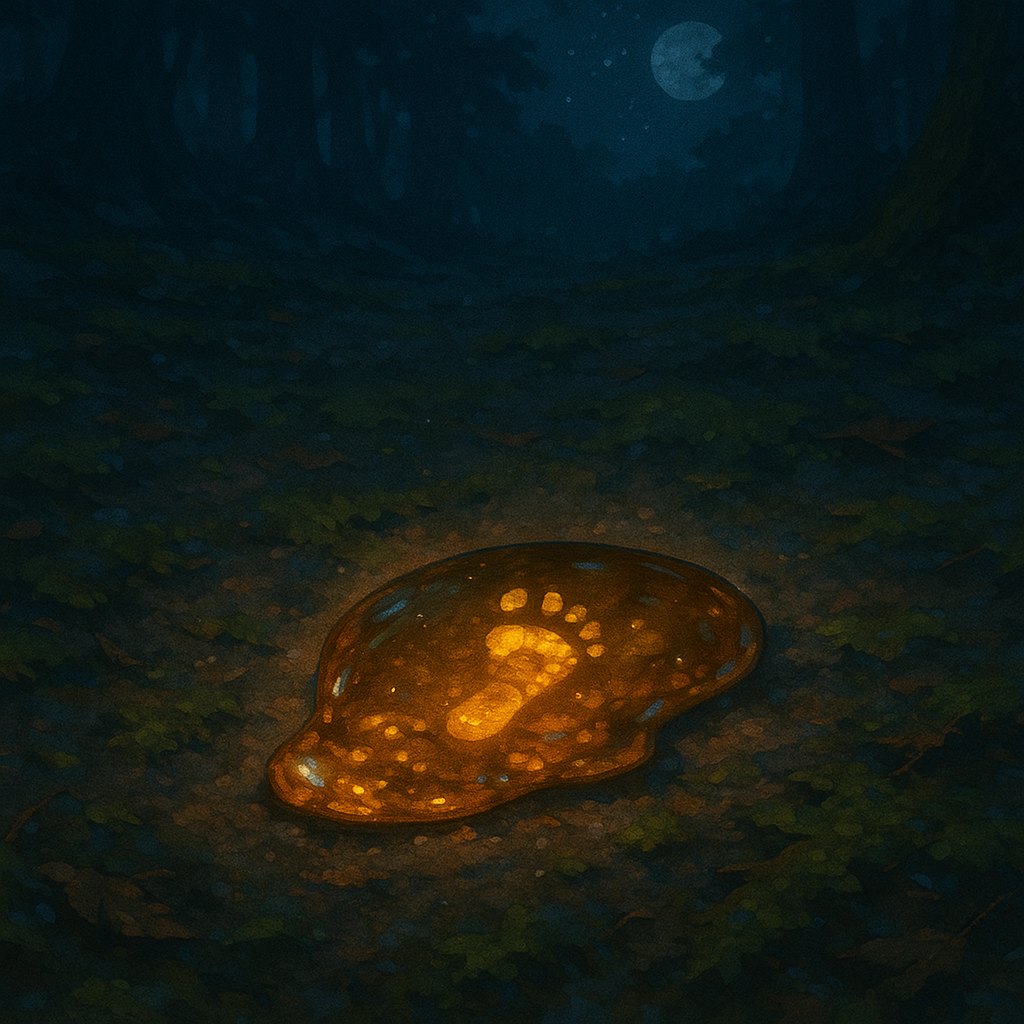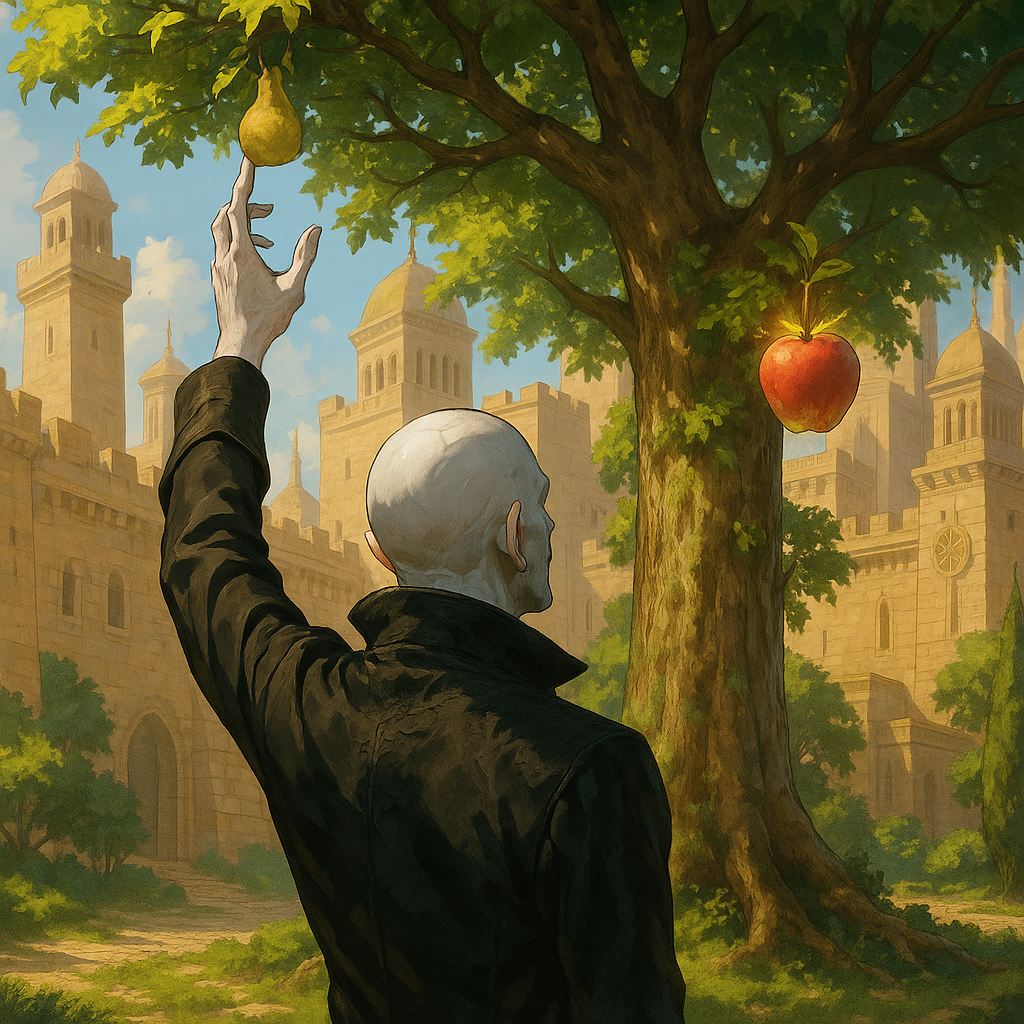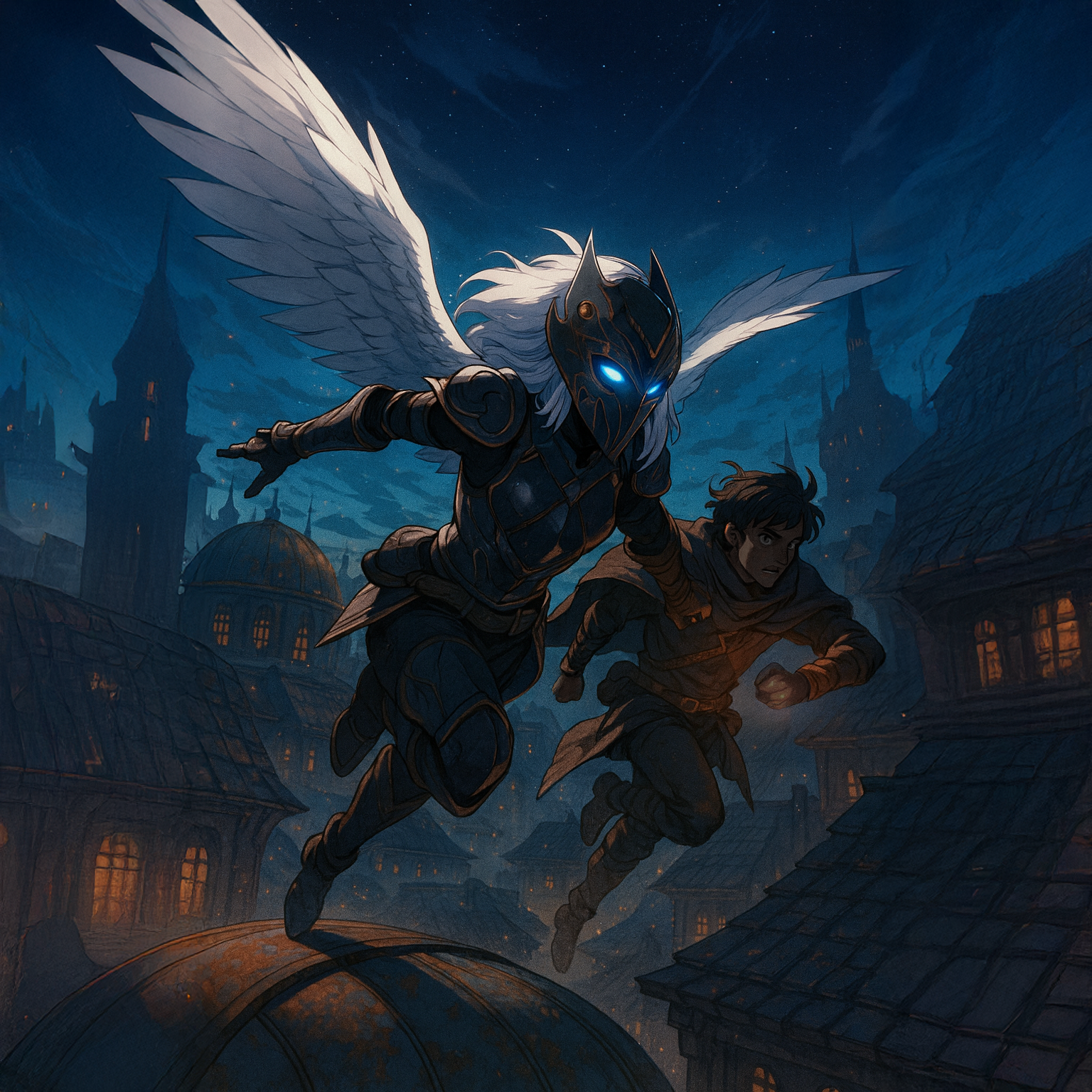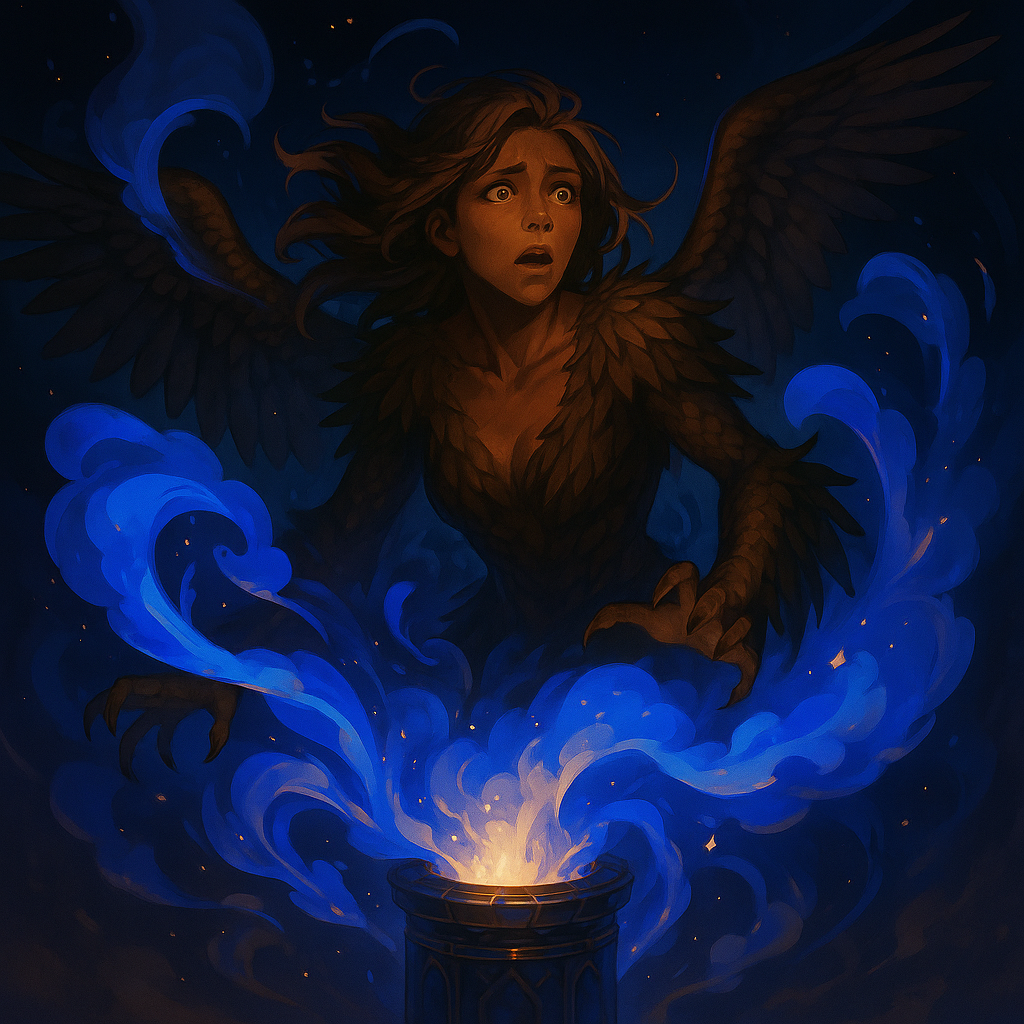Welcome to The Wandering Isles
Previously On…
From Session 0 until Now
Characters
CLICK AN IMAGE TO MEET THE party
The Gods
Languages of the Isles
Breezemark: A light, airy language with soft consonants and lilting vowels, reminiscent of whispers carried by the wind.
Cogchatter: A rapid, technical language with staccato rhythms and precise enunciation, resembling the clicking of gears in motion.
Earthscript: A grounded, solid language with deep, resonant tones, mirroring the strength and stability of the earth.
Emberseal: A crackling, fiery language with sharp consonants and smoky undertones, mirroring the flickering flames of its origin.
Everyday: A straightforward, practical language with clear pronunciation, designed for ease of communication in daily life.
Gloomtongue: A cryptic, hushed language with murmured tones and shadowy undertones, exuding an air of secrecy and enigma.
Grandiloquent: A booming, powerful language with long syllables and deep tones, echoing the presence of its towering speakers.
Gruff: A blunt, grumbling language with rough tones and curt syllables, mirroring the rugged nature of its speakers.
Helltone: A deep, ominous language with guttural growls and snarling consonants, evoking an infernal realm of darkness.
Howlspeak: A rough, growling language punctuated by sharp barks and yips, reflecting the wild nature of its users.
Ironscript: A rugged, solid language with strong consonants and clipped vowels, evoking the clanging of metal and the sturdiness of stone.
Lunus: A soft, melodious language with flowing syllables and poetic intonations, reminiscent of moonlight shimmering through leaves.
Monolithic: A powerful, elemental language with slow, rumbling tones, like tectonic plates shifting deep within the earth.
Netherchant: A guttural, harsh language characterized by deep, resonant tones, evoking a sense of darkness and malevolence.
Quicktalk: A lively, fast-paced language with clipped syllables and light intonations, perfect for quick, lighthearted conversations.
Rattlechatter: A rough, jarring language with harsh sounds and abrupt stops, mirroring the clattering noise of goblins at work.
Runic: A mysterious, symbolic written language with arcane symbols and enigmatic intonations, reflecting the hidden depths of its users.
Saurian: A sharp, hissing language with harsh consonants and rolling vowels, mirroring the sounds of ancient reptiles.
Seraphic: A lyrical, ethereal dead language with delicate intonations, conveying a sense of celestial grace and harmony.
Streamglyph: A fluid, melodic language with a harmonious flow, resembling the soothing sound of water gently rippling.
Tacitalk: A visual, gestural sign language consisting of signs and motions, allowing for silent communication among its users.
Thicket Tongue: A natural, earthy language with textured tones, akin to the rustling of leaves and the whisper of the forest.
Wildspeak: A melodic, natural language with gentle, flowing tones, reminiscent of birdsong and the rustle of leaves.
The Wandering Isles Variant Ruleset
Cost adjustments
Currency Types: Arraness uses a four tier coin system that reflects the culture and history of the realm. Platinum coins are known as Crowns, the rarest money in circulation and a symbol of royal power. Gold coins are called Aurums and fuel most serious trade. Silver coins are known as Moons are the everyday currency for honest work, travel, and temple offerings. Copper coins are known as Bells sit at the lowest tier and pass through almost every hand in the isles. Each coin carries its own identity, so the way people spend or store them says a lot about their place in the world.
Spell Prices: Because currency rarity works differently in this world, spell components have been adjusted. Items needed for spells cost ten percent of their usual listed price. For example, Revivify normally needs diamonds worth at least 300 gp. In Arraness, characters only need diamonds worth 30 gp.
Death in The Isles
Death Saves: Death saving throws are rolled in private, which keeps tension high when a character is close to dying.
Permanent Constitution Loss: If you die and are revived or resurrected, you permanently lose 1 point of Constitution. This reduction cannot be reversed, representing the wear and tear of death on the body. Over time, this ensures that repeated deaths have lasting consequences, eventually preventing characters from being revived indefinitely.
Remnants of Battle: When a character falls in battle, they are left with a permanent scar that marks the moment of their defeat.
DM Inspiration and Social Checks
Creative Play: Characters can earn DM Inspiration when they act creatively or say something clever or amusing. Inspiration allows a reroll of a failed check, and a character can only hold one at a time.
Exploration: Fog of World
Discover and Engage: The world reveals itself through personal exploration. Characters shape their own experiences through the paths they choose and the people they meet.
Game Edition
The table plays D&D 5e, 2024 Edition. The group switched over from the 2014 rules shortly before reaching level 4.
Health on Level Up
Rolling Only: Characters roll for HP on level up. They can’t gain less than their Constitution modifier, and they reroll any result of 1.
Initiative: Breaking Ties
Tiebreaker: If two characters tie on initiative, they each roll a d20. The highest roll acts first.
Magic Perception
Magic Use: Before casting a spell in public, characters must consider how the region views magic. Some places fear it or forbid it completely, and even a minor spell can lead to fines, imprisonment, or worse.
Regional Variance: Attitudes toward magic change across the world. Some regions accept it, while others restrict or outlaw it. Characters must navigate these views carefully.
Rapid Drinker
Bonus Action: Drink a potion and roll for healing.
Action: Drink and receive the maximum healing possible.
Resting: Gritty Realism
Long Rest: 7 Days. For characters who trance, it takes 5 days.
Short Rest: 8 Hours. This creates a harsher world where healing and recovery take real time.
Summons Control
Shared Responsibility: Summoned creatures can be handled by the group, which keeps combat smooth and cooperative.
Technology and Magic
Technology: Arraness blends magic with technology that mirrors modern devices. The world grew up without magic and learned to fear it, so it developed technological alternatives instead.
Travel and Exploration
Rare and Challenging: Travel is uncommon and dangerous. Adventurers are seen as both awe inspiring and unsettling, which adds to the mystery of the open road.
World History of Arraness
A Tapestry of Divine and Mortal Influence: The history of Arraness is shaped by gods, shifting cultures, and the fragile relationship between magic and everyday life.
The Calendar of the Wandering Isles
The people of the Isles live by a calendar shaped by the land, the tides, and the shifting moons. Each month carries its own story, and every day of the week reflects a part of the realm’s spirit. Seasons change not only with the weather but with the beliefs and traditions tied to them.
Months
The calendar follows fourteen months, each tied to a natural cycle or moment in the Isles. Frostspire opens the year with deep winter, Icebound and Thawing mark the slow return of life, and Bloomrise brings full spring. Greenshine and Suncrest usher in the brighter days, followed by the heat of Heatsway and Searpeak. Harvestfall and Crimsonleaf carry the year into autumn, with Mystivale and Windweaver signalling the chill to come. Wintersend closes the cycle, and Year Day stands alone as a moment of renewal.
Characters use these names in everyday speech. A traveller might speak of leaving home in Greenshine or preparing for storms in Windweaver. Each month is distinct enough that even children can sense its mood.
Frostspire
Icebound
Thawing
Bloomrise
Greenshine
Suncrest
Heatsway
Searpeak
Harvestfall
Crimsonleaf
Mystivale
Windweaver
Wintersend
Year Day
Days of the Week
Seven named days form the weekly rhythm of life. Greenleaf is tied to growth and nature, Dunewalk to endurance, Emberwisp to change, and Brumalight to quiet reflection. Crimsonveil echoes the rare blood-red moon, while Solaria honours the sun and offers rest. Lunaday closes the week as a calm moment under the moons. Characters often plan travel, trade, or rituals according to these rhythms.
Greenleaf
Dunewalk
Emberwisp
Brumalight
Crimsonveil
Solaria
Lunaday
Seasons
The Isles follow four seasons, each linked to one of the great islands. Frostgard is winter’s domain, beginning with Frostspire and growing colder as Wintersend approaches. Arbora blooms with spring, starting in Thawing. Vulcora holds the heat of summer, rising in Suncrest. Desolara is autumn’s slow fade, taking shape in Crimsonleaf. Characters feel these shifts in daylight, weather, and the festivals that mark the transitions.
Frostgard (winter)
Arbora (spring)
Vulcora (summer)
Desolara (autumn)
Moons
Lucida (regular 28 day cycle)
Scissa (variable cycle, 20 to 30 days)
Lunar Cycle
Two moons move across the sky of Arraness, each shaping tides, rituals, and the magic of the world.
Lucida is the brighter moon. It moves through a steady cycle of twenty eight days. Most travellers mark time by its phases, and many rituals in Arbores and Urbes follow its full light.
Scissa is the thinner, darker twin. Its cycle is unpredictable, sometimes waxing in twenty days, sometimes in thirty. Werewolves, illusionists, and diviners pay close attention to Scissa’s changes because its shifting phases often signal strange dreams, heightened magic, or hidden omens.
Together, the moons create rare alignments. A double full moon is a moment of power across the Isles, and a double new moon is considered a time when illusions blur into truth. Characters navigating the wilderness often check the sky before sleeping, knowing that the moons shape travel as much as weather or terrain.

